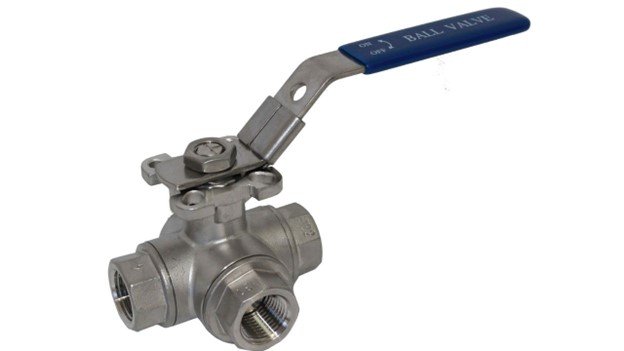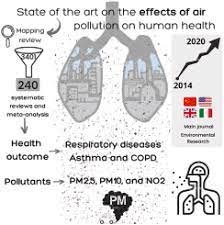Understanding and Preventing Stroke
I. Introduction
A. Definition of Stroke
A stroke occurs when there is a sudden interruption in the blood supply to the brain, leading to damage or death of brain cells. Understanding the causes, risk factors, and preventive measures is crucial in safeguarding against this potentially life-altering event.
B. Prevalence of Strokes
Strokes are a significant global health concern, with millions of people affected each year. The impact on individuals and their families underscores the importance of awareness and proactive prevention.
C. Preview of Stroke Prevention
This article delves into the intricacies of strokes, outlining their various types, risk factors, and offering practical insights into prevention strategies. Empowering individuals with knowledge is a vital step towards reducing the incidence of strokes.
II. Types of Strokes
A. Ischemic Stroke
The most common type, ischemic strokes, occur when a blood clot blocks or narrows an artery supplying blood to the brain. Understanding the underlying causes is essential for prevention.
B. Hemorrhagic Stroke
Hemorrhagic strokes result from bleeding within the brain, often due to a ruptured blood vessel. Recognizing the signs and risk factors is crucial for early intervention and prevention.
C. Transient Ischemic Attack (TIA)
Also known as a “mini-stroke,” TIAs are temporary disruptions in blood flow to the brain. Although brief, they serve as warning signs, emphasizing the need for preventive measures.
III. Recognizing Stroke Symptoms
A. Sudden Weakness or Numbness
One of the hallmark signs of a stroke is the sudden onset of weakness or numbness, typically on one side of the body. Recognizing these symptoms is vital for prompt medical attention.
B. Difficulty Speaking or Understanding
Speech difficulties, such as slurred speech or difficulty understanding others, can indicate a stroke. Quick recognition is crucial for effective treatment.
C. Severe Headache
A sudden and severe headache, often described as the worst headache of one’s life, may signal a hemorrhagic stroke. Seeking immediate medical help is imperative.
IV. Risk Factors for Strokes
A. Hypertension
High blood pressure is a leading risk factor for strokes. Regular monitoring and management of blood pressure significantly reduce the risk.
B. Smoking
Tobacco smoke contains chemicals that can damage blood vessels and increase the likelihood of strokes. Quitting smoking is a powerful preventive measure.
C. Diabetes
People with diabetes have an elevated risk of strokes. Proper diabetes management, including blood sugar control, is crucial for prevention.
D. Physical Inactivity
Leading a sedentary lifestyle contributes to various risk factors for strokes. Incorporating regular physical activity is a key preventive strategy.
V. Preventive Lifestyle Measures
A. Healthy Diet
Adopting a diet rich in fruits, vegetables, whole grains, and lean proteins contributes to overall cardiovascular health, reducing the risk of strokes.
B. Regular Exercise
Engaging in regular physical activity, such as brisk walking, swimming, or cycling, enhances cardiovascular fitness and lowers the risk of strokes.
C. Moderate Alcohol Consumption
Excessive alcohol intake can contribute to hypertension and other risk factors for strokes. Moderation is key to a healthy lifestyle.
D. Stress Management
Chronic stress can contribute to hypertension and other cardiovascular issues. Implementing stress-reducing techniques, such as meditation or yoga, is beneficial for stroke prevention.
VI. Medical Interventions for Stroke Prevention
A. Antiplatelet Medications
For individuals at high risk of ischemic strokes, antiplatelet medications, such as aspirin, are prescribed to prevent blood clot formation.
B. Anticoagulant Therapy
In certain cases, anticoagulant medications may be recommended to prevent the formation of blood clots, particularly for individuals with atrial fibrillation.
C. Hypertension Medication
For those with hypertension, medications to manage blood pressure are essential in preventing strokes. Regular medical check-ups aid in monitoring and adjusting medication as needed.
VII. Importance of Timely Medical Intervention
A. Stroke Treatment Window
The effectiveness of stroke treatments, such as clot-busting drugs, is time-sensitive. Recognizing symptoms and seeking immediate medical attention can significantly improve outcomes.
B. Rehabilitation After a Stroke
For individuals who have experienced a stroke, rehabilitation is a crucial step in recovery. Early intervention and a comprehensive rehabilitation plan enhance the chances of regaining lost abilities.
VIII. Public Awareness and Education
A. Community Outreach Programs
Raising awareness about strokes through community programs can empower individuals with knowledge about risk factors, symptoms, and preventive measures.
B. Educational Campaigns
Public health campaigns can play a pivotal role in educating communities about the importance of a healthy lifestyle and regular medical check-ups for stroke prevention.
IX. Conclusion
A. Recap of Key Points
Understanding the types, symptoms, and risk factors for strokes is paramount in preventing this medical emergency. A combination of lifestyle modifications, medical interventions, and timely action in the event of symptoms can significantly reduce the risk of strokes.
B. Call to Action
As individuals, we have the power to take control of our health and reduce the risk of strokes. Regular health check-ups, adopting a healthy lifestyle, and being aware of stroke symptoms are crucial steps towards a stroke-free life.
FAQs
Q: Can strokes be hereditary, and is there a way to mitigate the risk if they run in the family?
- A: While genetics can play a role, lifestyle modifications such as maintaining a healthy diet and regular exercise can mitigate the risk even in those with a family history of strokes.
Q: Is there an age limit for stroke prevention measures, or should everyone be proactive regardless of age?
- A: Stroke prevention measures are beneficial at any age. While the risk may increase with age, adopting a healthy lifestyle can contribute to overall cardiovascular health at any stage of life.
Q: How effective are lifestyle changes in preventing strokes compared to medication?
- A: Lifestyle changes, such as a healthy diet and regular exercise, are foundational for stroke prevention. They work synergistically with medications, enhancing overall effectiveness.
Q: Are there specific warning signs for a transient ischemic attack (TIA), and should someone seek immediate medical attention if they suspect having had one?
- A: Symptoms of a TIA are similar to a stroke but are temporary. Despite their transient nature, seeking immediate medical attention is crucial, as TIAs often precede more severe strokes.
Q: Can strokes be prevented entirely, or is there always some level of risk?
- A: While it may not be possible to eliminate all risk, proactive measures significantly reduce the likelihood of strokes. Managing risk factors and adopting a healthy lifestyle play key roles in prevention.







